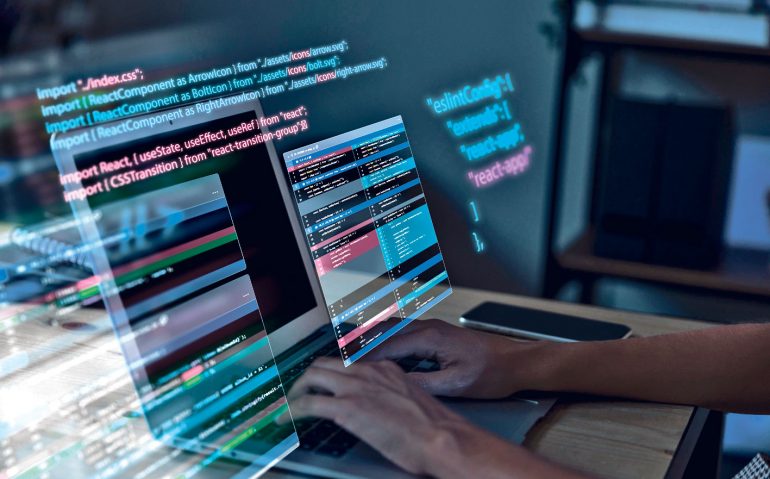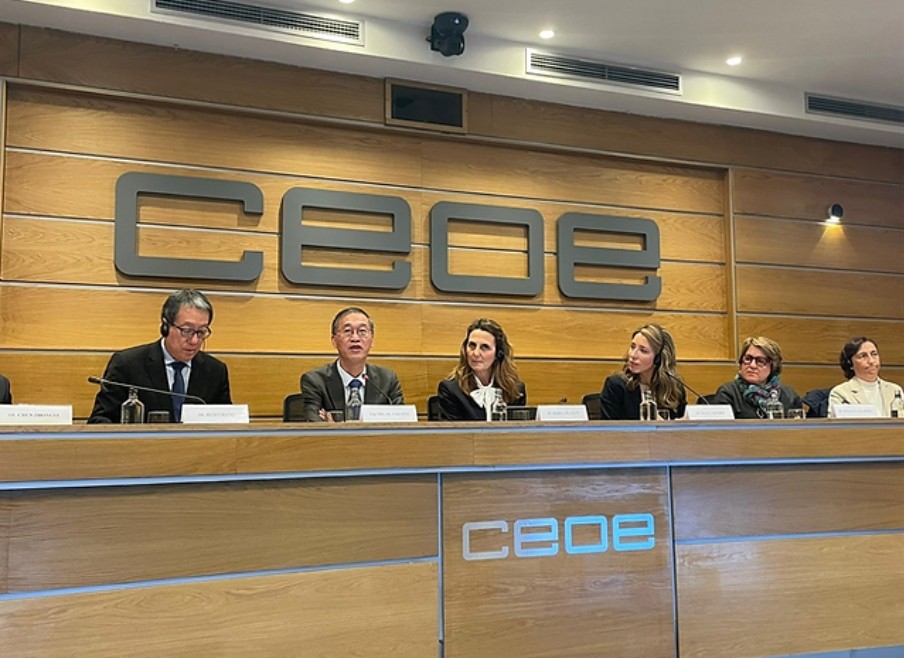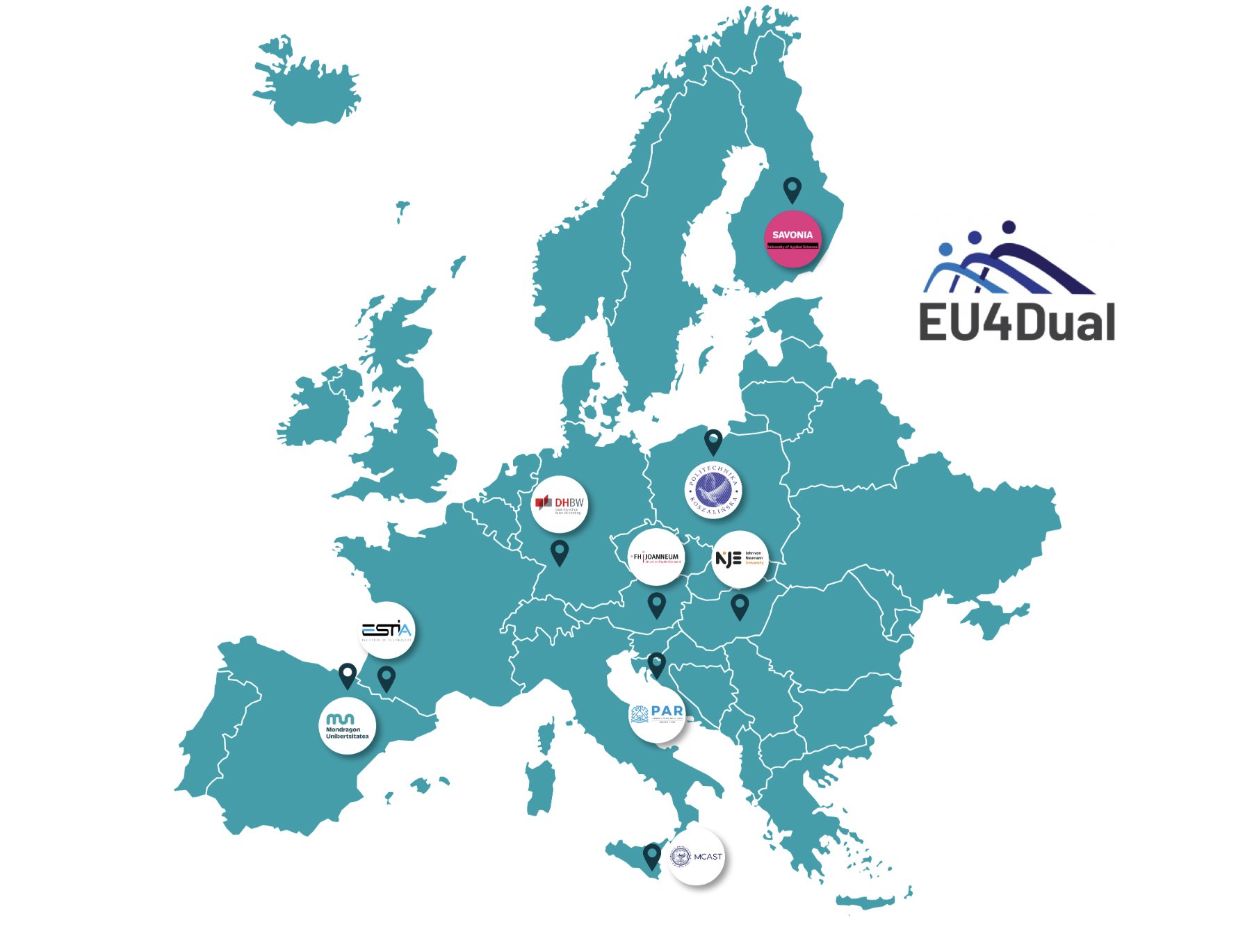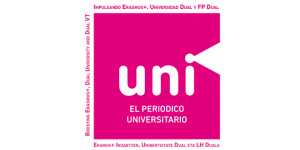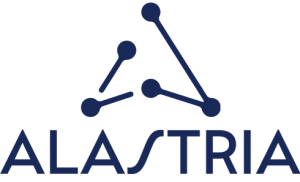We will explain to you in a simple way what this newly invented technology consists of and we will answer the questions we often ask ourselves; for example, what applications does blockchain technology have today? or what is decentralization and why is it important in blockchain?
From the financial sector to the healthcare sector, including national security, blockchain technology has arrived to make our operations more secure.
What is blockchain technology?
To easily understand what blockchain is, we need to ask the reader to imagine a spreadsheet shared with several people. In these spreadsheets, the team can fill in data, but cannot delete or change what team members have written. It is therefore an information recording system where data is sequentially organized and stored in interconnected blocks.
Another mental effort: imagine a chain of links. Each of these links represents a block in blockchain technology. Literally, ‘blockchain’ means ‘chain of blocks’ in Basque. Each of these blocks contains information. This information may include, for example, multiple cryptocurrency transactions, such as Bitcoin, made by different people at a given time. The information it contains is the address of the person sending the funds and the address of the recipient, the amount sent, the date, commissions, etc.
Perfectly guaranteed link chain
Each block of a chain, in addition to the information recorded in it, contains a unique code called a ‘hash’. This code is unique for each block and is generated from the data recorded in it. If the block information changes, even by a single character, the hash would be completely different. This ensures the integrity of the recorded information, preventing unauthorized changes.
Each block integrates into its code the hash of the immediately preceding block. This is what we meant when we said that the blocks were interconnected: if any data in a block changes, not only its hash, but also all its successors. So the alarms would go off. This system ensures that blockchain technology is transparent, immutable and secure.
Examples of blockchain technology:
We have stated that a record of Bitcoin transactions can be securely recorded in each block (link) of the chain. But we can give another slightly more prosaic example, for a better understanding.
Imagine you want to sell a car. Thanks to blockchain technology, you will be able to record all the important information about the vehicle: model, year of manufacture, its maintenance history, name of the new owner, etc. Every time the car changes ownership or changes some of the license plate data, a new block will be added to the chain. Thus creating a permanent record of car ownership. Fraud could be avoided in this way.
Another practical example could be the authenticity of academic degrees. These, in addition to the corresponding diploma on physical medium, can be registered as digital assets in the block chain. Each degree would have a unique identification code and important information would be reflected, such as the name of the holder of the degree, the institution that issued it, the start and end date of the course taken, the grades obtained, etc. If someone tried to forge the title, the code would be changed.
Blockchain technology, in short, offers users benefits such as eliminating intermediaries, reducing costs in operations and increasing opportunities to improve public services and businesses in various sectors. In this sense, we can give several examples:
-
- Financial sector: use of bitcoin in loans, insurance and asset management.
- Health and medical care: confirm the authenticity and safety of medicines.
- Renewable energy: continue and ensure the production of green energy.
- Democratic system: guaranteeing the integrity of electoral processes.
What is decentralization and why is it important in blockchain?
One of the main features of blockchain technology is the decentralized system. What does this mean? Well, it is not a technology that is under the control of a centralized authority, but its control is distributed among several people. There is no single entity that controls and oversees the network. Blockchain technology consists of different participants who maintain the integrity and security of the blockchain.
So it is a less vulnerable technology. If a network node (that is, one of the devices that owns the entire block chain and participates in validating transactions, for example) fails, there is no problem: the other nodes will continue to work and the network will continue to function. Each node has a copy of the blockchain: it increases the transparency of the procedures carried out, because it is not dependent on a single entity that controls everything.
Who is consensus mechanism in this technology?
All participants in a blockchain network must agree to its content. To achieve this agreement, the so-called “consensus mechanism” is established. Thanks to this procedure, all the nodes in the network consider the information contained in a blockchain as valid and true. There are several consensus mechanisms, most notably what is known as Proof of Work.
In order to add a transaction to the blockchain, the devices (network nodes) working on it must perform a unified computing task. This work involves solving a complex mathematical problem. The node that solves the problem is known as a “miner”. The miner presents the solution to other devices on the network and if it is correct, it is accepted and becomes part of the blockchain.


